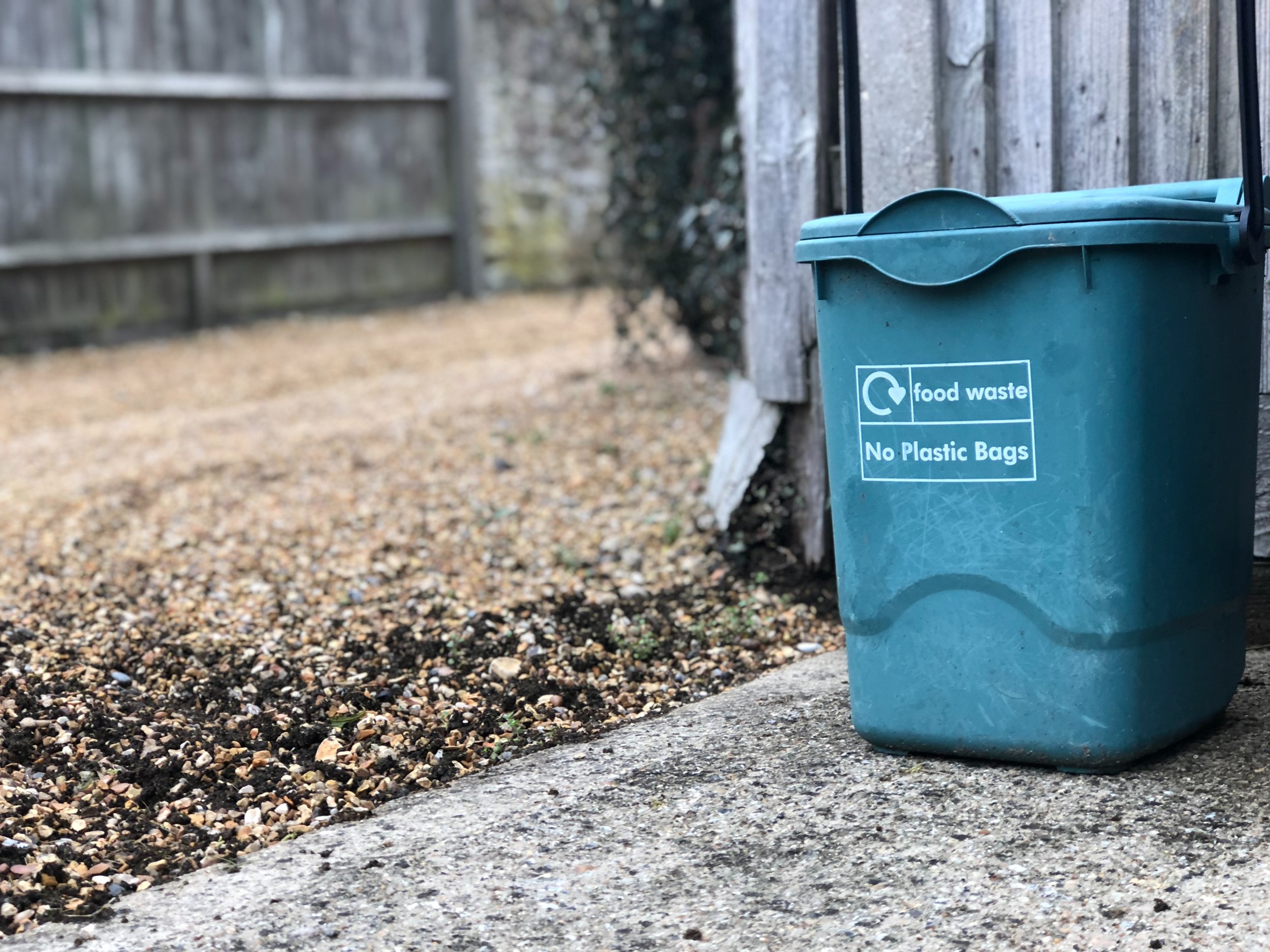Five Ways to Reduce Waste Over the Holidays
While the holidays might be the most wonderful time of the year, it is also one of the most damaging times for the planet. Americans throw out approximately 25% more garbage between Thanksgiving and Christmas. Humans create this waste from wrapping paper and gift wraps, shopping bags, food waste, holiday decorations, and more. Luckily, there are easy ways to curb waste and consumption this winter! Here are five tips to reduce your waste this holiday season.
Invest in Recyclable and Reusable gift wrapping
Earth911 estimates that almost half of all wrapping paper produced in the US each year ends up in landfills. That amounts to around 2.3 million pounds of wrapping paper! Unfortunately, most people must realize that all that shiny, smooth gift wrap isn't recyclable. Not to fear, there are some eco-friendly, recyclable alternatives! Slowly but surely, stores such as Michaels, Walmart, and Hallmark are integrating eco-friendly wrapping paper onto their shelves, and they are just as cute as your old-fashioned plastic gift wrapping.
Another way to reduce your gift-wrap waste is to use products you may already have at home instead of buying new products. For example, save your old delivery and shoe boxes throughout the year, use newspaper paired with string for a cute wrapping paper alternative, and avoid plastic products such as flashy bows, ribbons, or balloons. Similarly, US citizens send approximately 1.3 billion greeting cards yearly, and most end up in landfills. From cutting down trees to provide the paper to manufacturing and shipping emissions, producing paper cards creates significant waste. This year, we encourage you to send a virtual greeting card instead of a physical one; it gives the same amount of joy and is more accessible, cheaper, and eco-friendly.
Use Eco-Friendly Decorations and Party Favors
We'll keep it simple: avoid buying single-use decorations and party favors. It is no surprise that people love to decorate for Christmas, but single-use decorations from dollar stores or department stores are mass-produced and contribute a lot of waste over the holidays. Instead, buy decorations that last and can be used for many years, or opt for natural decorations such as dried holiday bouquets and natural Christmas wreaths. Also, pick a real Christmas tree when decorating this year. The Nature Conservancy organization explains that purchasing a tree supports local farmers and forests by keeping tree farms alive and covered with healthy trees. It also doesn't contribute to the mass carbon emissions created when producing and shipping artificial trees. Plus, real trees can be recycled and repurposed.
Additionally, parties are at an all-time high during the holiday season, and it can be easy to miss the waste that comes with them. Aim for reusable and recyclable alternatives for Christmas parties, such as reusable containers, plates, and cups; avoid balloons and other single-use plastic decorations; and opt to purchase eco-friendly Christmas crackers and gifts.
Shop In-Person Instead of Online
Shopping in person instead of online can reduce waste caused by emissions. For example, FedEx estimates that over 3 billion packages are shipped during the holidays each year. More packages mean more emissions from transporter trucks, planes, and ships to get packages to people for the holidays. Also, not only does online shopping increase emissions, but it also increases waste in landfills by using unsustainable packaging, such as packing plastic, Styrofoam, bubble wrap, and boxes, many of which will not be reused. If you must shop online, try to reuse, or recycle any boxes, bubble wrap, or other packing materials when possible, or shop from companies that ship using sustainable products.
Choose Gifts That Won't End Up in A Landfill
Choose meaningful, long-lasting gifts that you can use year after year, and avoid presents that you can use once or that will only be exciting for short bouts of time. Also, shopping from small businesses not only supports the local community, but products are often sustainably sourced and produced in a smaller, less harmful manner. Plus, you are choosing a gift that is unique at the same time. Likewise, opt for gifts that are consumable or experiential. For example, food items such as homemade desserts or online gift cards to restaurants can be excellent gifts. Or experiential gifts such as a spa package or a homemade coupon system can save on waste and offer memories to last a lifetime. Sometimes less can be more; think of quality over quantity this holiday season.
Compost, Compost, Compost!
Lastly, composting can have a significant impact on waste during the holidays. Research shows that people purchase around 440 extra food calories during the holidays and another 450 calories in the following weeks. This extra food amounts to excessive food waste during the holiday season and can massively impact landfills and GHG emissions. Reduce your waste by composting any extra unwanted food and avoid throwing food waste into the garbage. Concurrently, aim for food products in eco-friendly packaging! Avoid products packaged with single-use plastic and store foods in airtight, reusable glass containers: they keep your food fresh for longer and are eco-friendly.
In conclusion, the average person produces nearly 1400 pounds in additional carbon dioxide emissions (CO2) during the holiday season. This increase amounts to roughly three extra weeks of driving. These emissions come from the manufacturing of products and the daily activities of said person, including Christmas lights, gift purchases, cooking, driving, etc. Luckily, there are many ways to lower waste this holiday season: shopping small businesses, using eco-friendly gift wrap, shopping sustainably, composting, and more! So, keep the planet in mind this holiday season and reduce waste using these five easy tips!
Written by Tara Karosas (BA (Hons) in Legal Studies)






